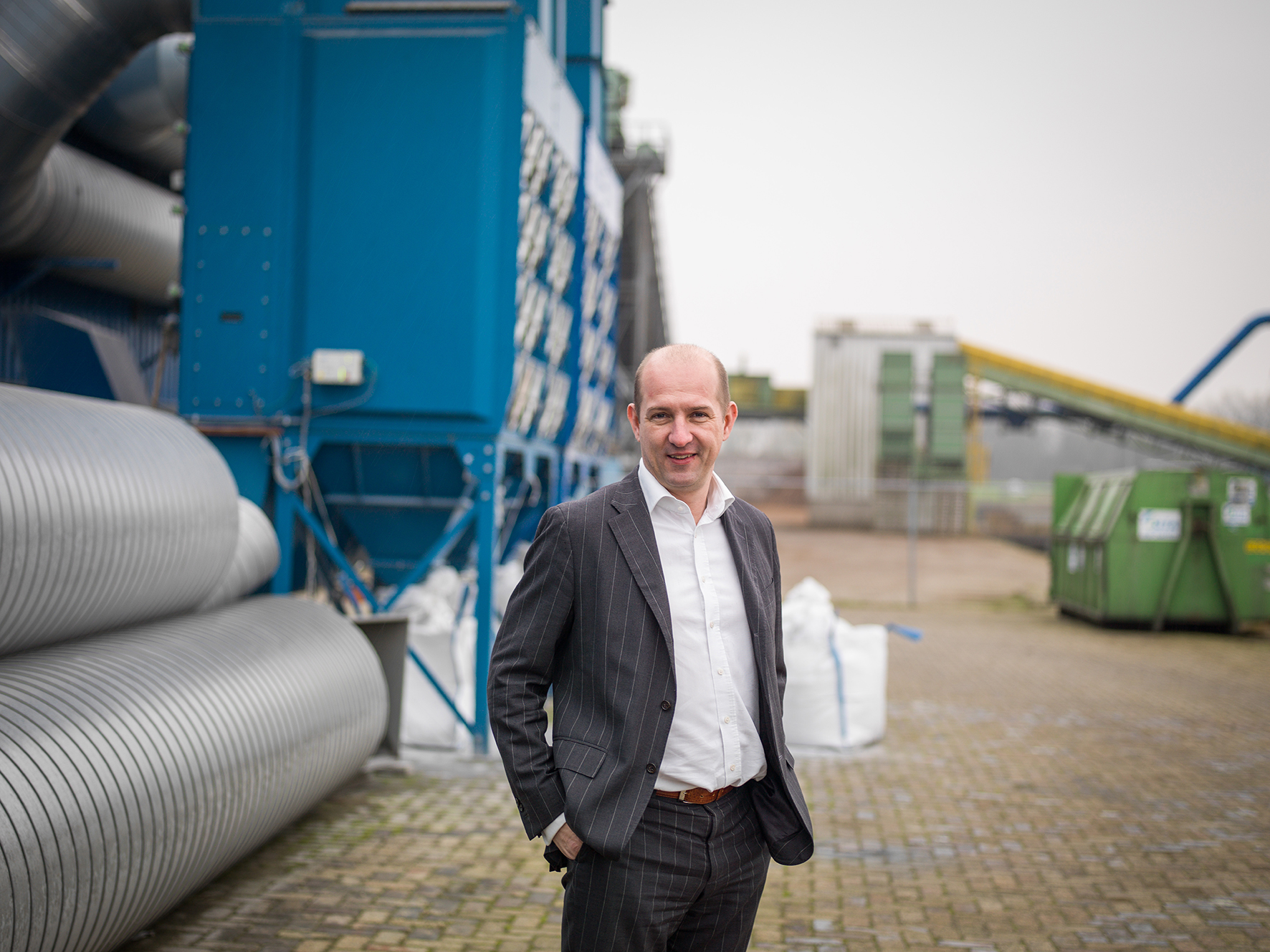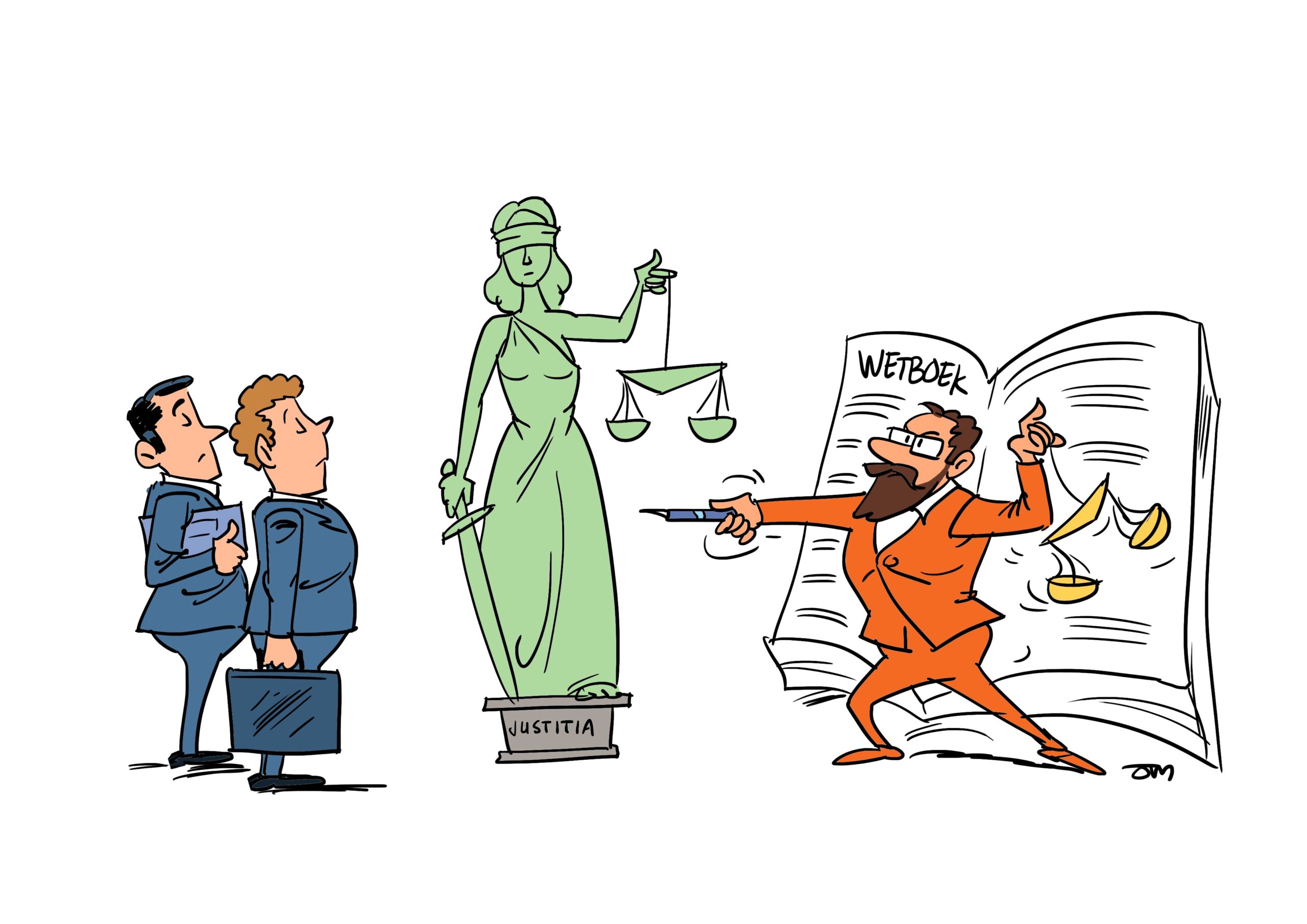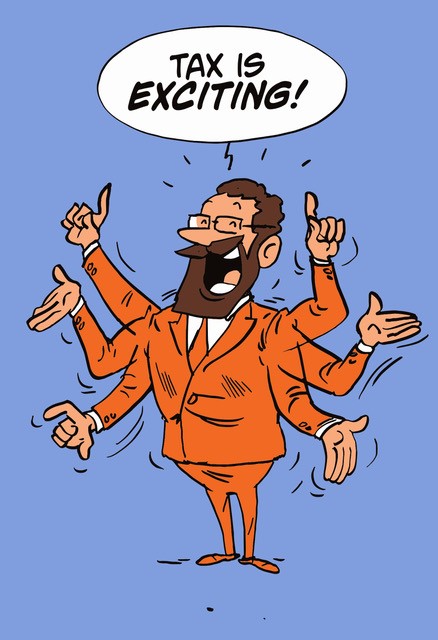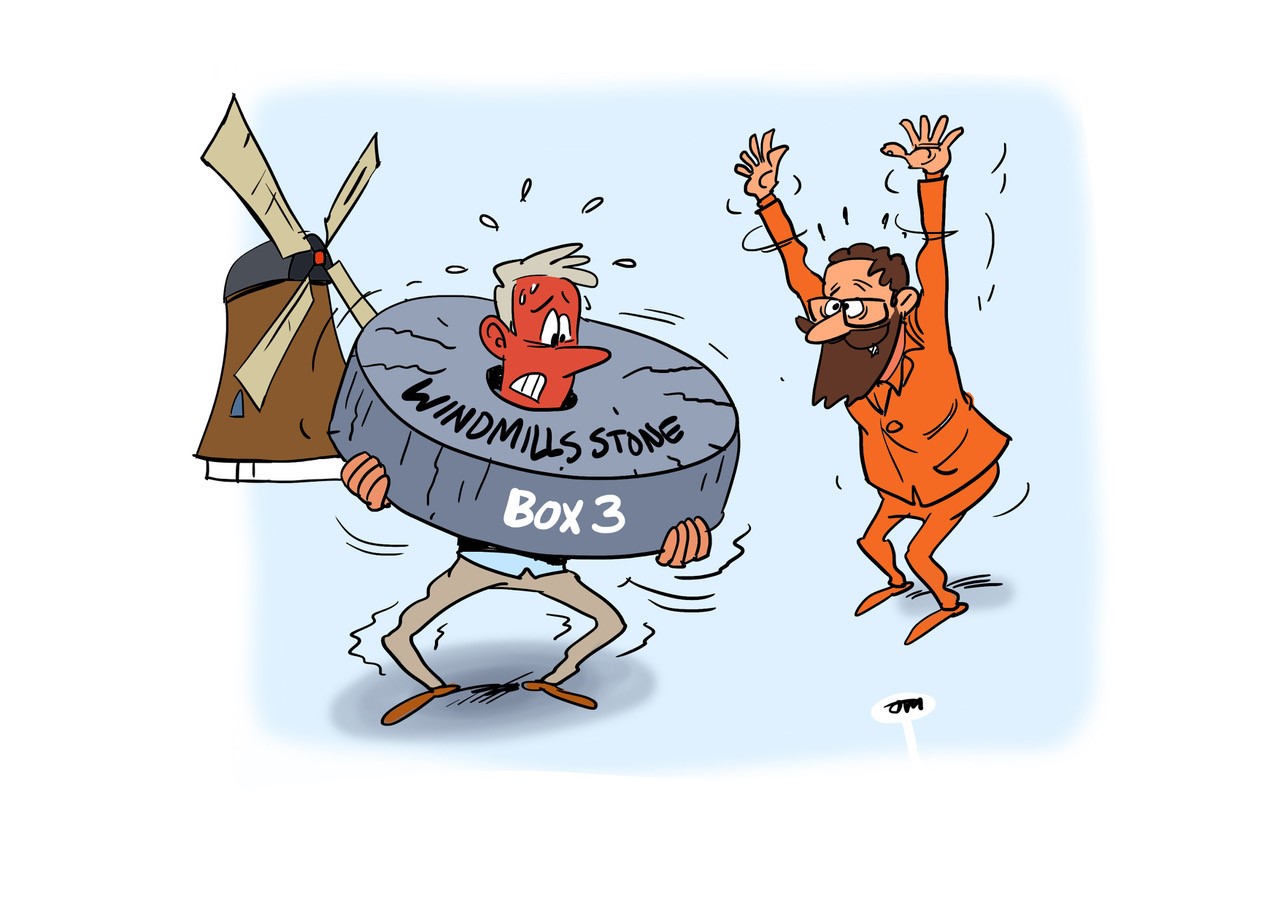Sira Incentives
Sira Incentives has a lot of experience with WBSO/RDA-applications and has developed a method to higher the chance of success of the application. We can be of assistance in all phases of the application process:
- In association with you (and your project partners) we will perform an inventory of all the R&D-projects that may come into consideration for the WBSO/RDA. Based on this inventory we will file an application.
- RVO may require extra information before they judge the application. We will help you to answer their questions.
- Once the WBSO/RDA has been granted, you need to keep clear administrative records of the R&D-projects. During the time that the projects are running, RVO may decide to visit your company for an inspection of these records. If errors are identified in the administrative records RVO has the right to issue a correction of the R&D Declaration. Sira Subsidies will offer support during an RVO-inspection and will help you set up an administrative record system.
During the project and at the end of the project it may be necessary to report to RVO on the progress of the projects. Sira Incentives will take on this responsibility.
The following is an overview of the subsidies that are most relevant. Per subsidy we will briefly explain the content, focus and manner in which the compensation is provided. Not all costs and expenses are eligible for submission, so per category we will also give a short explanation of what is covered in the subsidy and what is not.
If you have any questions or want to know more about the subsidies mentioned in this memo, please do not hesitate to contact Sira Incentives. (www.siraincentives.nl)
Tax Incentives
Through the Research and Development Promotion Act (WBSO) and the Research and Development Allowance (RDA), the Dutch government provides a fiscal facility for companies, knowledge centres and self-employed persons that perform R&D work. The goal of the two tax incentives is to stimulate technological innovation, by lowering the financial threshold of R&D-work. Both incentives have a different focus: the WBSO-scheme provides compensation for R&D wage costs, where the RDA covers other costs and expenses made during R&D-projects. Every project must contain a technical risk or uncertainties to be considered R&D and thus to be eligible for the WBSO and/or RDA. In the next section we will cover both incentives more elaborately, explaining how they work and what the application entails.
WBSO
The WBSO provides a tax benefit for Dutch companies that are carrying out R&D. Support is granted to four types of R&D-projects:
- Development projects – the development of technically new physical products, physical production processes, software or components.
- Technical scientific research – technical-scientific research seeking to explain phenomena in fields such as physics, chemistry, biotechnology, production technology and information and communication technology.
- Technical feasibility analysis – analysis of the technical feasibility of an R&D project a business wants to launch.
- Process-oriented technical research – technical research aimed at enhancing a physical production process or a software application.
Under the Act, a contribution is granted towards the wage costs of employees directly involved in R&D. The contribution is applied in the form of a reduction of payroll tax and social security levies and an increase in the tax deductions available to self-employed persons. In 2015 the tax deduction on the first €250.000 of the R&D wage costs will be 35%. For the remaining wage costs a deduction of 14% is applied. Start-ups are compensated extra, they can conduct 50% of the first €250.000 of R&D wage costs.
In order to benefit from the WBSO, an application must be filed at least one month before the R&D activities will commence. An application may contain multiple R&D-projects. The responsibility for the execution and monitoring of the Act has been assigned to the Netherlands Enterprise Agency (RVO). They are responsible for reviewing the content of the applications and conducting inspections once the WBSO is granted to a company. When the WBSO is granted, the company is obliged to keep a clear administrative record of all the hours that are covered within the WBSO. These records can be checked during a RVO inspection.
RDA
The RDA supplements the contribution towards R&D wage costs with an extra deductible item for your taxable profit. The RDA contributes to costs and expenditures (other than wage costs) incurred in carrying out in-house R&D.
In 2015 the extra deduction percentage for the RDA has been set at 60%. With a standard tax rate of 25% percent, your benefit would be approximately 10% with the RDA compensation (0.6*25% =15% tax rate).
The clearing of the actual advantage occurs through your declaration to the tax authorities. In order to apply for an RDA Decree, you need to apply for a WBSO first. When the WBSO is granted, you will receive an official R&D declaration for the R&D-work you’re going to perform. This declaration is required to come into consideration for the RDA.
Innovation Box
The Innovation Box provides for a special tax regime under which all income to be allocated to qualifying IP is subject to an effective Dutch corporate income tax rate of 5%. The qualifying IP includes self-developed patented intangible assets or qualifying R&D activities for which a R&D statement has been obtained from RVO.
In order to benefit from the Innovation Box, the main requirements which should be met are that the intangible asset must be self-developed and not acquired (an exception applies for an acquired patented intangible asset if it becomes a component of an ‘umbrella’ asset and for which a separate patent has been obtained), and the patent or R&D project contributes to at least 30% of the total profits realized from the intangible asset (the ‘30% profits rule’).
Also, the favourable effective tax rate of 5% can only be applied if profits exceed the total amount of production expenses of the intangible asset (the ‘Expenses Threshold’). The Innovation Box is not very effective if no profits are made.
Filing a WBSO/RDA-application
As mentioned before a project must contain a technical risk or uncertainties to come into consideration for the WBSO and/or RDA. In the application it is important to clearly communicate the technical risk and uncertainties of the project, so that RVO understands the necessity of performing the R&D-work and also the difficulties that have to be tackled during each project. From your description it most become apparent:
- What is technically new to your company?
- What the technical problem is you are going to solve?
- In what direction the solution for the problem can be found?
- What new technical principle is going to be developed.
It is also important to position your project properly and send in a high quality application in order to be successful. When RVO is not yet convinced of the necessity of the project or if the project is truly innovative, they will give you one more opportunity to provide supplementary information by answering some questions about the project. Based on the information you have provided, RVO will make a decision and will determine how many hours of R&D-work are covered in the WBSO/RDA. The tax benefit you receive will be calculated based on the amount of R&D-hours and the costs and expenses made during the R&D project. As mentioned earlier, a clear administrative record must be kept once the WBSO/RDA is granted.
SME Innovation Stimulation Top Sectors
Through the MKB-Innovatiestimulering Topsectoren (MIT), or SME Innovation Stimulation Top Sectors in English, the government provides a specific instrument for SMEs within the Top Sectors program. Each Top Sector provides budget via different instruments, to stimulate cooperation between SMEs and to trigger innovation.
Feasibility Study
One of the ways the MIT-program provides support to SMEs, is through subsidization of feasibility studies. Entrepreneurs can apply for compensation when they want to perform a feasibility study to determine beforehand what technical and economic risks an innovation project may involve. The feasibility study will consist mainly of desk research. In 2014 the subsidy compensated 40% of the eligible costs with a maximum of €50.000 per study. The exact budget for the MIT-program of 2015 has not yet been determined, but it is expected that a similar budget to that of 2014, will become available for this particular category of the MIT-program.
R&D-cooperation.
An entrepreneur can also file an application for a subsidy when cooperating with at least on other Dutch SME-partner in a R&D project. The focus of the project lie on developing new products, production processes or services. The project must contain industrial research and/or experimental development to be eligible for this type of MIT-support.
In 2014 the subsidy covered 30% of the eligible costs. Per partner a maximum of €100.000 will be granted, the total sum of the subsidy per project is €200,000, so if more than two partners work together the amount of subsidy per partner will become lower to not exceed the project subsidy ceiling.
All partners in the cooperation must have an equal share in the costs of the projects and must contribute equally to the project. The cooperation may also include a non-SME-partner, but only costs made by the SME are covered by the subsidy. In the spring of 2015 the new rules and regulations of the MIT will be published on the website of RVO.
DHK
In the DHK subsidy program, the Ministry of Foreign Affairs offers subsidy to Dutch companies that are interested in expanding their business to developing countries and upcoming markets. A budget of €8 million will be divided over three categories of countries within the subsidy program: €1 million for projects taking place in Transition Facility countries (Colombia and South Africa), €3 million for projects in the 66 Dutch Good Growth Fund-countries and €4 million for projects in 23 upcoming markets. Three types of projects are supported by the DHK-subsidy program, namely:
- Demonstration projects
- Feasibility Studies
- Knowledge Application
Since January the 1st the program has been reopened for applications. Applications must be filed before June 30th.
Demonstration projects
Companies that want to demonstrate the technique they have developed to potential customers in an upcoming market or developing country, can apply for a DHK-subsidy in the category Demonstration Projects. The ultimate goal of the demonstration is to interest customers, so that the project eventually leads to an export of the demonstrated technique to the country. Per project, the subsidy covers 50% of the eligible costs, with a maximum of €200.000. Only costs directly related to demonstrating the technique can be included in the subsidy. These costs include among others, travel expenses, a daily allowance to cover food and housing, the expenses made to train locals that are included in the demonstration project and subsidization of the hours spend by employees in the target country. Costs related to promotion or export cannot be included in the budget.
Feasibility Studies
Another opportunity within the DHK-program that may be interesting is the option to perform a feasibility study. Goal of the study is showing to potential investors that it is technically and / or economically feasible to invest in the technology. Per application, a maximum of 50% of the total costs and expenses can be covered by the subsidy. The maximum amount of subsidy granted in this category is €100.000.
Knowledge Application
The last category of the DHK-subsidy covers knowledge applications. Companies can hire an expert in the target country, to give them an insight in how to position their product on the market. In this case the expert provides the company with the knowledge about the target country that the company itself lacks. Per application a maximum of 50% of the costs are covered, with a maximum amount of €50.000.
Future Internet-PPP
The Future Internet Private Partnership Program is an European initiative, established to accelerate the development and adoption of new internet based technologies. A budget of €500 million will be divided over several sectors, programs and projects.
FI-WARE
One of the projects within the FI-PPP is the FI-WARE project (www.fi-ware.org). During the first phase of this project a public cloud based platform was developed on which newly develop internet technologies are made available. Via the platform entrepreneurs can download so called Generic Enablers royalty-free, so that they can use these enablers as building blocks in the application they themselves are developing. When an entrepreneur is planning to develop a FI-WARE based application they can also file an application for a subsidy, providing that the project or application fits within one of the Accelerator theme’s: Smart Cities, eHealth, Transport, Energy & Environment, AgriFood, Media & Content, Manufacturing & Logistics or Social & Learning.
For every Accelerator theme a budget has been assigned, which is made available for subsidizing projects during several calls. One of the Accelerator Programs that might be interesting is the European Pioneers-program. A trajectory within this program lasts 8 months and a subsidy of €50.000 to €250.000 is granted to teams that have been invited to join the program. The next call for the program will open on the 30th of March. Applications must be filed before the 22nd of June. More information can be found on the European Pioneers website.
(http://www.europeanpioneers.eu/en/)
Horizon 2020 – SME Instrument
The EU provides funding and support to SMEs that are EU-based or established in a country associated to Horizon 2020 and that carry out innovation projects that will help them grow and expand their activities to other countries. Goal of the project must be to develop innovative ideas for products, services or processes that are at the end of the project ready to enter the market. The support is offered in three phases:
- Phase 1 – grants for feasibility assessments
- Phase 2 – grants for innovation development and demonstration
- Phase 3 – business coaching
Feasibility Assessments
In phase 1 funding is available for exploring the technical feasibility and or commercial potential of the innovation that is going to be developed. A sum of €50.000 per project can be granted through this initiative. Typical phase 1 projects last approximately 6 months.
Innovation Project
Projects that have already passed the feasibility study phase and for which a sound and strategic business plan has already been written, can apply for Phase 2 funding. Activities covered in phase 2 range from R&D activities to the final development of a product or service that is market ready. These type of projects can receive €500.000 to €2.5 million or more funding, covering up to 70% of the eligible costs. Projects in this phase typically last 1 to 2 years.
Commercialisation
In the final phase the EU doesn’t support SMEs with funding, but by facilitating support activities and services aimed at commercialisation. Support can include, among others, linking the SME with private investors and potential customers or coaching by the Enterprise Europe Network.
Sira Incentives BV
Edisonbaan 14 G-1
3439 MN Nieuwegein
info@siraincentives.nl
www.siraincentives.nl
+31 30 602 49 11





